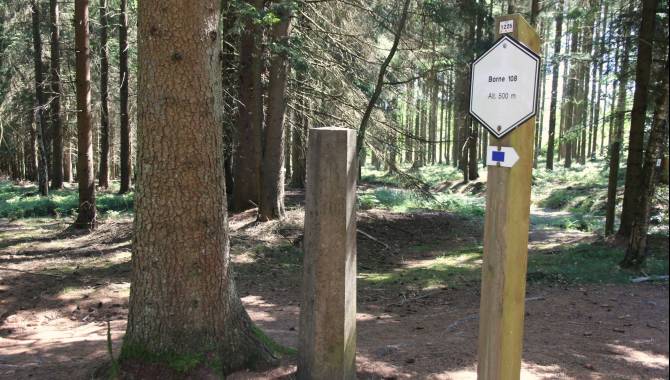




Photo: 7 recht grenzstein108 03 © www.ostbelgien.eu

Photo: 7 recht grenzstein108 11 © www.ostbelgien.eu

Photo: 7 recht grenzstein109 01 © www.ostbelgien.eu

Photo: 7 recht grenzstein109 04 © www.ostbelgien.eu

Photo: 7 recht grenzstein107 03 © www.ostbelgien.eu

Photo: 7 recht grenzstein107 01 © www.ostbelgien.eu

Photo: 7 recht grenzstein108 13 © www.ostbelgien.eu

Photo: 7 recht grenzstein107 04 © www.ostbelgien.eu

Photo: 7 recht wanderknotenpunktbeschilderung1 85 01 © www.ostbelgien.eu









Description
In the Middle Ages, a road that was of great economic importance, the Great Luxembourg Highway, ran through the Ardennes from Luxembourg via Stavelot to Liège. It ran to the west of the village of Recht, and from 1815, it formed the border between the Kingdom of the Netherlands and Prussia. Wooden posts marked the boundary line. Following Belgium's declaration of independence in 1830, the line became the Belgian-Prussian border, and a little later it was marked with boundary stones. Some of those historical boundary stones can be explored on a walk around Recht. A good idea to do so is walking according to the junction node system: the nodes are numbered crossroads on the hiking routes. At each node, the hiker can always continue in at least two directions. Setting off from a starting node that they select, hikers can take an easy, well signposted walk from one node to the next, following numbers noted down beforehand. Between nodes 1 and 85 to the west of Recht, the signposting follows the historical boundary line. A few of the boundary stones can still be discovered at the wayside today.
Hiking route planner: go.ostbelgien.eu
Carte
Belgian-Prussian border at Recht
Recht